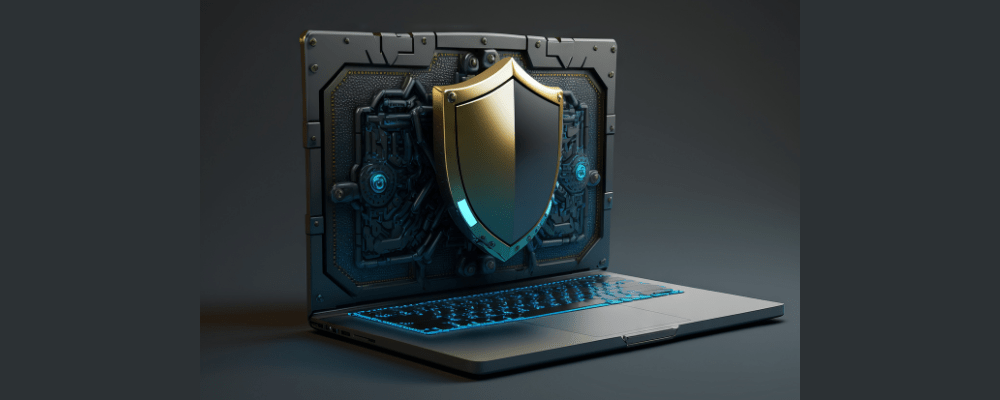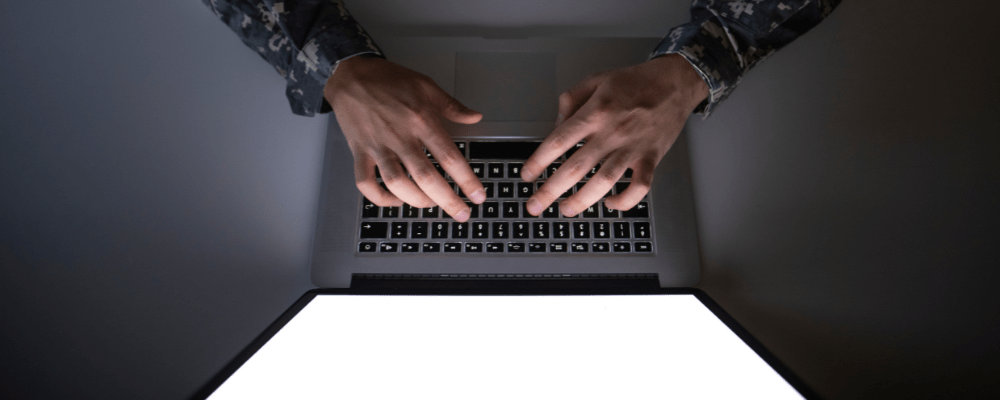In today’s rapidly changing cybersecurity landscape, the demand for strong protection is more important than ever. Experts in the technology field recognize that the online world is full of vulnerabilities, and it’s essential to stay ahead of cyber threats. In this extensive manual, we will explore the concept of “Online Armor,” a versatile defense system designed to safeguard your online presence.
Understanding Online Armor
What Is Online Armor?
Online Armor, in the context of cybersecurity, represents a holistic approach to safeguarding your digital assets. It encompasses various defensive mechanisms and strategies that work in unison to fortify your online security.
The Components of Online Armor
Online Armor represents a comprehensive and multi-layered approach to fortifying your digital defense. It comprises several fundamental components that work in tandem to create a robust shield against cyber threats. Tech experts understand the significance of these components in safeguarding sensitive data and ensuring a secure online environment. Let’s explore each of these components in detail:
-
Firewalls:
A firewall serves as one of the fundamental components of Online Armor. It functions as a digital gatekeeper, meticulously regulating incoming and outgoing network traffic. Its primary role is to ensure that only authorized data packets can pass through while blocking or filtering out potentially harmful or unauthorized traffic. This proactive approach makes firewalls the first line of defense against potential threats. Firewalls are typically categorized into two types: hardware firewalls and software firewalls. Hardware firewalls are usually implemented at the network level, safeguarding multiple devices, while software firewalls are installed on individual devices, providing an added layer of security.
-
Intrusion Detection Systems (IDS):
An Intrusion Detection System (IDS) is a critical component of Online Armor. It is a vigilant sentinel, continuously monitoring network traffic for suspicious activities or potential intrusions. The IDS employs a sophisticated set of rules and algorithms to analyze incoming and outgoing data, seeking patterns and anomalies that may indicate a security breach. When such irregularities are detected, the IDS promptly raises an alert or notification, allowing cybersecurity personnel to take immediate action. IDS solutions can be categorized into two primary types: network-based IDS (NIDS), which monitors network traffic, and host-based IDS (HIDS), which focuses on individual devices and their logs.
-
Encryption:
Encryption serves as the impenetrable shield within your Online Armor. It is transforming sensitive data into unreadable code using complex algorithms. It ensures that even if intercepted by unauthorized individuals, the data remains secure and confidential. Techniques like Advanced Encryption Standard (AES) and Rivest-Shamir-Adleman (RSA) encryption are indispensable for safeguarding information. AES encryption, known for its speed and security, is widely used to protect data during transmission. RSA encryption, based on a public-private key pair, is crucial for securing communication and authentication processes. The combination of these encryption techniques helps to maintain the integrity and confidentiality of data.
-
Antivirus Software:
Top-tier antivirus software is an integral component of your Online Armor. In the digital realm, malware, viruses, and other malicious software are pervasive threats. Antivirus programs are designed to detect, prevent, and remove these threats from your devices and systems. They achieve this by scanning files and data for known patterns and behaviors associated with malware. When a potential threat is identified, the antivirus software takes action, such as quarantining or deleting the malicious code. Regular updates of virus definitions are essential to ensure that the antivirus software is equipped to combat the latest threats effectively.
-
Multi-Factor Authentication (MFA):
Multi-factor authentication (MFA) is a crucial layer of defense within your Online Armor. It enhances the security of user accounts by requiring individuals to authenticate their identity using multiple methods or factors. MFA goes beyond the traditional username and password combination, making it significantly more challenging for unauthorized access to occur. Standard MFA methods include something the user knows (password), something the user has (a smartphone or hardware token), and something the user is (biometric data, such as fingerprints or facial recognition). MFA adds an extra layer of security, reducing the risk of unauthorized access, even if login credentials are compromised.
Online Armor is a multi-faceted defense system that combines firewalls, intrusion detection systems, encryption, antivirus software, and multi-factor authentication to protect your digital assets and sensitive data. Tech experts recognize the importance of these components in the ever-evolving landscape of cybersecurity, and integrating them into your digital infrastructure is essential to maintaining a secure online environment.



